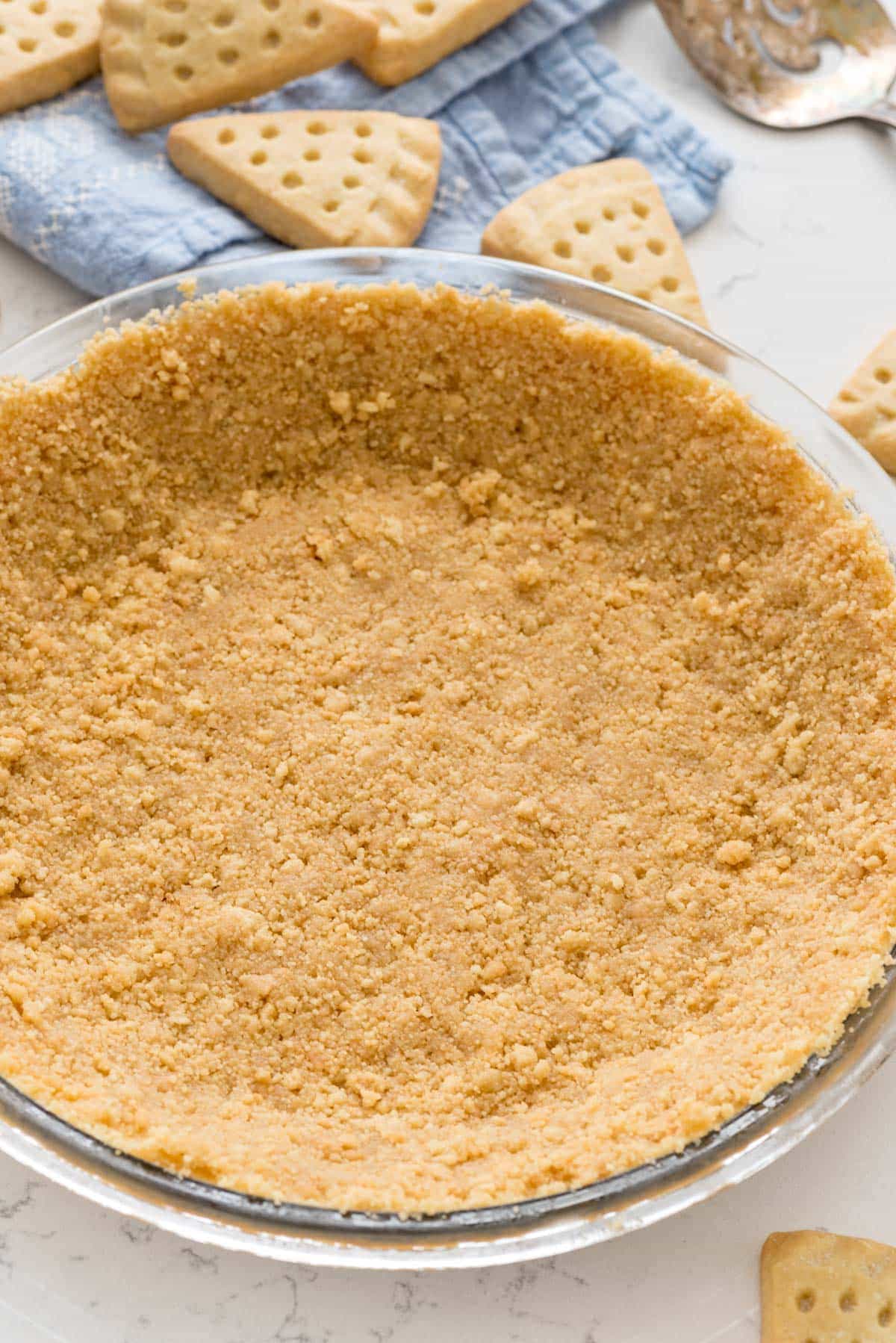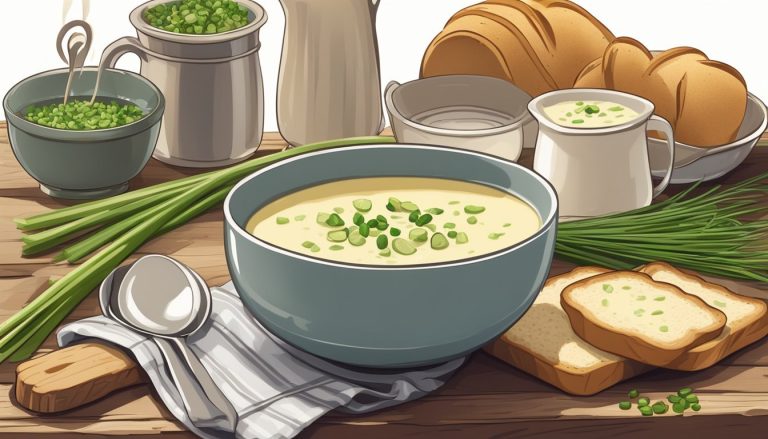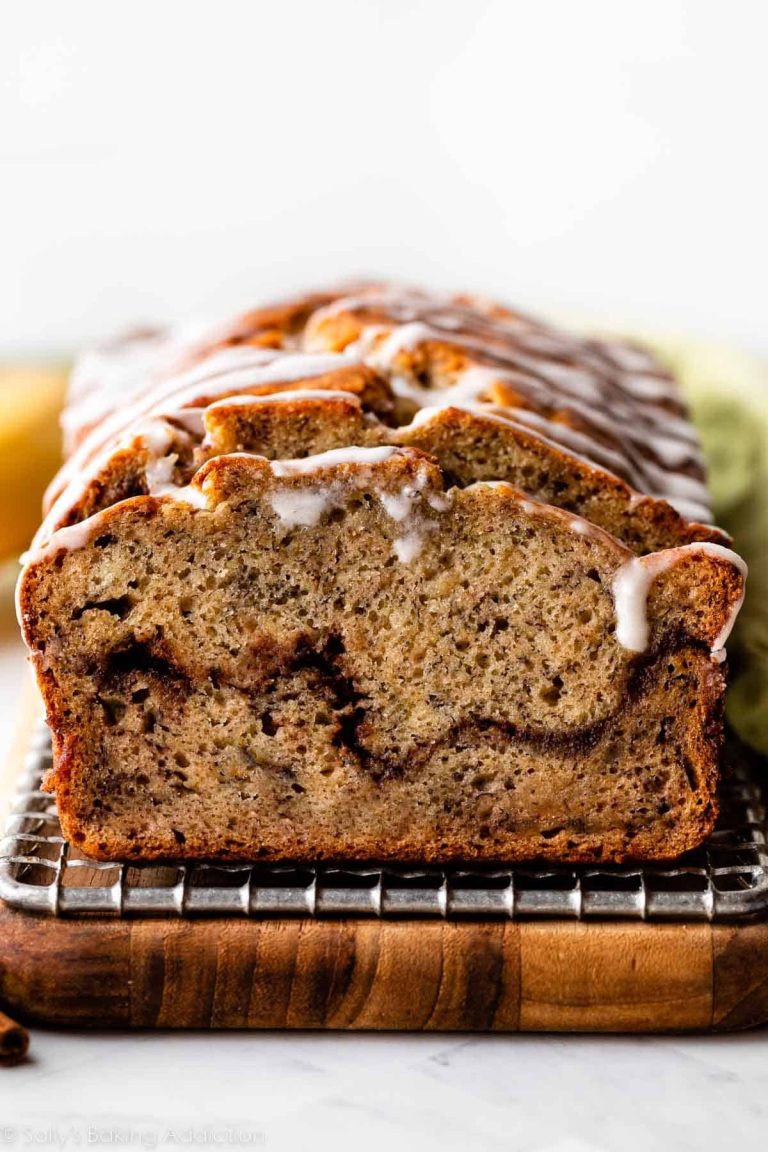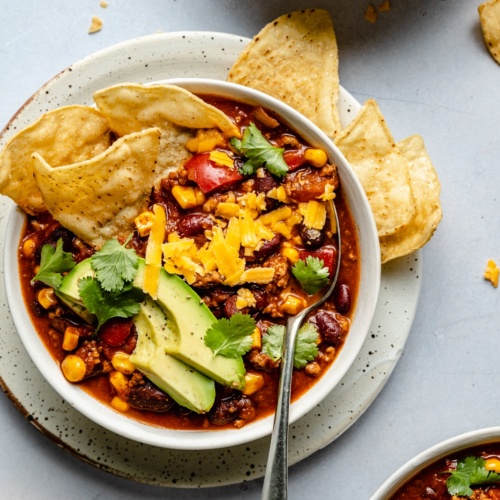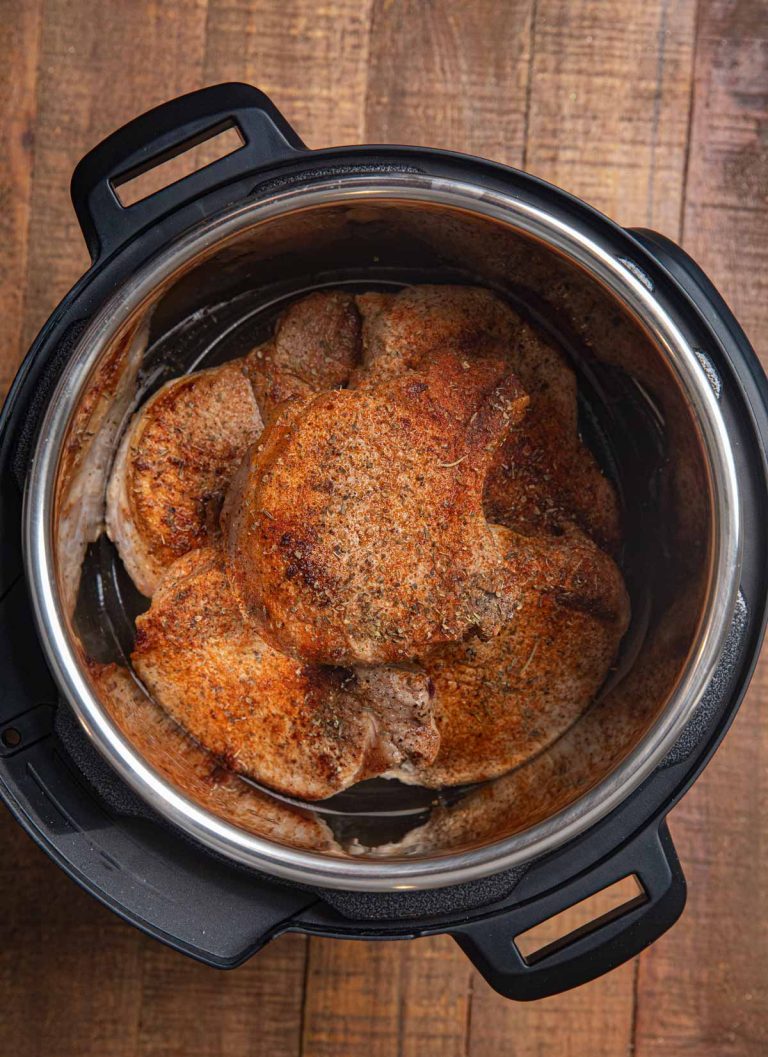Shortbread Crust: Perfect for Tarts, Pies, and Bars
A shortbread crust is a type of pastry made from simple ingredients and characterized by its rich, buttery flavor and tender texture. It’s often used as a base for tarts, pies, and bars. The crust crumbles delicately, creating a pleasant contrast to the smooth or fruity fillings of a dessert. Shortbread crust remains versatile, fitting both sweet and savory applications, making it a favorite among bakers for its ease and universal appeal.
- Butter: Solid or unsalted, butter provides the rich flavor and tender texture essential to shortbread crusts.
- Flour: All-purpose flour gives structure and firmness.
- Sugar: Granulated or powdered sugar adds sweetness and aids in binding the ingredients.
- Salt: A pinch of salt enhances flavor, balancing the sweetness.
You can enhance the crust with additional ingredients like vanilla extract, almond extract, or citrus zest. These elements elevate the taste and add a unique twist to your shortbread crust creations.
The Versatility of Shortbread Crust in Desserts
Classic Uses of Shortbread Crust
Shortbread crusts shine in classic desserts. They form the base for popular items like lemon bars, fruit tarts, and cheesecakes. In lemon bars, the buttery crust supports the tangy lemon filling. Fruit tarts benefit from the crust’s tender texture, contrasting the juicy fruit. Cheesecakes achieve a balanced flavor with the rich crust complementing the creamy filling. For these desserts, the crust provides a reliable, delicious foundation.
Creative Twists on Traditional Recipes
Bakers explore creative variations with shortbread crusts. They add cocoa powder for a chocolate twist or mix in ground nuts like almonds or hazelnuts for added texture and flavor. Some mix herbs or spices like rosemary or cardamom for a savory-sweet edge. Another inventive use is as a base for no-bake desserts, incorporating elements like layered mousse or icebox cakes. In these recipes, the versatility of shortbread crusts shines, offering both traditional and innovative options for dessert lovers.
Step-by-Step Guide to Making Shortbread Crust
Mixing the Perfect Dough
Start by gathering your ingredients: 1 cup of softened unsalted butter, 2 cups of all-purpose flour, 1/2 cup of granulated sugar, and a pinch of salt. Optional additions include 1 teaspoon of vanilla extract or zest from one lemon to enhance the flavor.
In a large mixing bowl, cream the butter and sugar until light and fluffy. Gradually add the flour and salt, mixing until the dough just comes together. Avoid over-mixing to prevent a tough crust. If adding vanilla or zest, mix it in with the dry ingredients. Refrigerate the dough for at least 30 minutes to make it easier to handle.
Baking Tips for the Ideal Texture
Preheat your oven to 350°F (175°C). Press the chilled dough evenly into a greased tart or pie pan, ensuring an even thickness to avoid uneven baking. Use a fork to prick the surface of the dough to prevent bubbling.
Bake the crust for 20-25 minutes or until the edges turn golden brown. For a firmer crust, bake an additional 5-10 minutes. Allow the crust to cool completely before filling it with your desired ingredients. This ensures the crust retains its structure and texture, providing a reliable base for both traditional and innovative dessert options.
Comparing Shortbread Crust to Other Types of Pie Crusts
Taste and Texture Differences
Shortbread crusts, known for their rich, buttery flavor, provide a crumbly and tender texture that melts in your mouth. They contrast sharply with other types of pie crusts such as flaky crusts and graham cracker crusts. Flaky crusts, often made with chilled butter and flour, are light and layered, creating a crisp yet airy bite. Graham cracker crusts, constructed from crushed graham crackers, sugar, and butter, offer a sweet, gritty texture with a firm structure.
Shortbread crusts pair well with creamy or fruit-based fillings due to their delicate crumb, which complements rather than overwhelms. Flaky crusts are ideal for traditional fruit pies like apple or berry because their crisp texture holds up against juicy fillings. Graham cracker crusts excel in cheesecakes and pudding pies where their sweet crunch adds depth without competing with the filling’s creaminess.
Occasions Best Suited for Each Type
Shortbread crusts shine in elegant desserts suited for special occasions such as wedding receptions or holiday gatherings. Their refined taste and texture elevate tarts, lemon bars, and sophisticated desserts served in upscale settings.
Flaky crusts, perfect for classic pies, are crowd favorites at family dinners, seasonal celebrations, and picnics. They provide a nostalgic appeal, enhancing traditional recipes passed down through generations.
Graham cracker crusts work wonderfully in casual or kid-friendly desserts. They’re excellent for quick, no-bake recipes like key lime pie or s’mores bars, making them ideal for potlucks, birthdays, and outdoor barbecues.
Conclusion
Shortbread crusts offer a delightful combination of simplicity and elegance that can elevate any dessert. Their rich buttery flavor and tender texture make them a versatile choice for both sweet and savory dishes. Whether you’re preparing an elegant tart for a special event or a comforting pie for a family gathering shortbread crusts are an excellent option.
By understanding the basic ingredients and potential enhancements you can create a customized crust that perfectly complements your filling. With their universal appeal and ease of preparation shortbread crusts are sure to become a staple in your baking repertoire.
